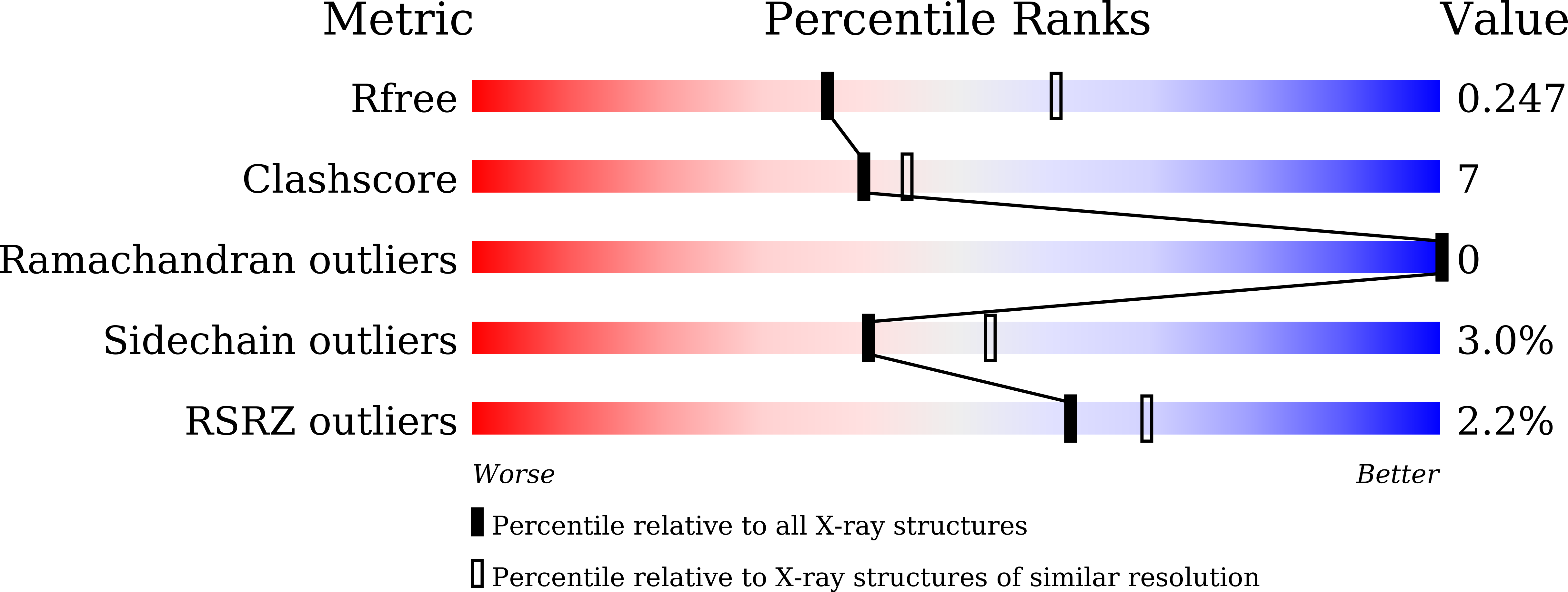
Deposition Date
2020-09-18
Release Date
2021-03-03
Last Version Date
2024-10-09
Entry Detail
Biological Source:
Source Organism:
Flavonifractor plautii (Taxon ID: 292800)
Host Organism:
Method Details:
Experimental Method:
Resolution:
2.55 Å
R-Value Free:
0.25
R-Value Work:
0.19
R-Value Observed:
0.20
Space Group:
P 43 21 2


